- This is the first Forester Hybrid and Subaru’s first crack at a proper hybrid setup.
- The hybrid version is quieter, more efficient and more powerful than the gas Forester.
- Deliveries have already begun, but there are noteworthy reasons to look elsewhere, or at least hold off until next year.
2025 Subaru Forester Hybrid First Drive: A Good SUV You Shouldn’t Buy Yet
Subaru’s first proper hybrid is a success, but you might want to wait
When someone asks me what car they should buy today, I start with a hybrid compact crossover — Toyota RAV4, Honda CR-V, you know the type. These are cheap, efficient do-it-alls, but Subaru hasn’t had a contender until now. Meet the 2025 Subaru Forester Hybrid, Subie’s very own hybrid compact crossover. Spoiler alert: It’s good! If you want a Forester, you should buy the hybrid. But there’s one potential deal-braker, plus an elephant in the room you should know about.
Same old Forester, just hybrid
The newly redesigned 2025 Forester differentiates itself from the previous model with updated styling, better driver assists, and a large touchscreen. The difference here is underneath the updated skin. Subaru developed a hybrid system by pairing a version of its engine and full-time all-wheel-drive hardware with proven electrical components from Toyota. A Crosstrek Hybrid with the same system is on the way.
The result in the Forester is 35 mpg combined — a noteworthy improvement over the standard car’s 29 mpg max, though still short of the hybrid versions of the RAV4 and CR-V — and a less noteworthy gain of 14 horsepower. That said, the hybrid’s improvements go beyond stats.
The hybrid is smoother and quieter than the standard Forester. With electric assistance, the engine will frequently shut off while cruising on the highway or driving down a hill, and the engine is surprisingly quiet when it fires back on.
That said, the Forester Hybrid is still far from authoritative, but it has more guts than the standard car. Although the hybrid is a bit sluggish off the line, the extra electric torque helps sap some of that underpowered economy car feeling from 10 to 50 mph.
It’s still on the wheezy side when you demand full power, but far from unacceptable. As long as you’re ready to floor it (I promise it won’t hurt your car), you’ll be fine.
Subaru is generous with its driver assist features, most of which are standard on the base hybrid. The lane centering can’t handle curves like other SUVs like this, and the adaptive cruise control feels sluggish because of the Subaru’s relative lack of power. Still, the systems are worth using and reduced fatigue on my 400-mile road trip.
The Forester Hybrid’s strongest mechanical advantage over competitors like the RAV4 and CR-V is its all-wheel-drive hardware. Those other two are a bit more efficient and have more power, but the Subaru’s hybrid architecture should give better traction in mud, snow or ice.
Both the Toyota and Honda operate like front-wheel-drive vehicles that can send a little power rearward when they need to. The Forester sends the torque from the engine and the electric motor to all four wheels all the time.
The Forester’s 8.7 inches of ground clearance give it an advantage on trails too. If you frequently drive on slippery or uneven roads, the Subaru should be a little more confident and more capable.
Tech lovers look away
While the driving experience is better than with the standard Forester, the interior presents a few issues and one potential deal-breaker.
Materials inside are a mixed bag. I drove a midlevel Forester Sport (the trim levels, from cheapest to most expensive, go Premium, Sport, Limited, Touring) and came away impressed by the blend of plastics and textiles.
The door panels are upholstered with a material that feels straight off a gorpy backpack, and the armrest upholstery could have come straight off a wetsuit. The synthetic leather seating surface feels unnaturally smooth and slippery, too — other automakers’ animal-free leatherlike options do a better impression.
I have two issues with this interior: storage and tech. The only place to put your phone is in one of two cupholders or the wireless charging pad under the touchscreen.
But the charging pad isn’t rubberized or sectioned off like in some competitors, so it looks cheap and your phone slides around, and even if you do have both cupholders available, they’re small. I’m surprised Subaru of all companies hasn’t appeased the Nalgene and Hydro Flask crowd with powerhydration-friendly cupholders.
The real deal-breaker is the tech. The Forester Hybrid comes standard with Subaru’s 11.6-inch vertical touchscreen, one of the biggest in the segment. Sounds great, right? It is not.
This screen is the best evidence for the notion that a big screen doesn’t mean a good infotainment system. Now, the layout is fine. You can mostly find what you need intuitively, and there are physical controls for temperature and volume; no complaints there. The font looks ugly and juvenile (a personal preference, I know).
But the biggest problem? This touchscreen. Is so. S l o w.
Subaru’s touchscreen lags like no other system I’ve used. It feels like it uses the processor from the LG Voyager I had before my first iPhone in 2010. How do I know it’s the chip and not the screen itself? Apple CarPlay (standard and wireless) works great.
When you use smartphone mirroring tech like CarPlay or Android Auto, your phone brings the processing power, not the computer running the car’s touchscreen. I just wish I never had to interact with the touchscreen for often-used functions like air conditioning or heated seats.
Oh, and you’re stuck with a dated, blurry backup camera unless you get the most expensive trim.
Maybe you should wait ...
Even if the tech doesn’t bother you, you might want to wait. President Trump’s 25% tariff on all cars and some parts originating outside the U.S. means it would make sense for the Japan-built 2025 Forester Hybrid’s price to climb past its initial starting price of $36,415. Subaru declined to comment.
That said, Subaru has been winding down production of the Legacy at its plant in Lafayette, Indiana. The company confirmed the Forester and Forester Hybrid will be built on those lines starting next year.
I confirmed this change was not in response to the tariff announcement, as it takes years to make such a change.
But ya know what else happens between now and next year? The launch of a new Toyota RAV4, that elephant in the room. Toyota’s current version of its beloved, ubiquitous best-seller in 2018, and we know a new one's coming in a few months.
The verdict
There’s a lot to like here. Good efficiency, quiet and smooth driving, and plenty of space inside. If you don’t care about a new RAV4, have the budget, like Subarus, and want a car this size, the tech is the only caveat here.
The only reason to go gas is if you want a super base model — hybrids start one level up — or if you want a Wilderness. Otherwise, buy this one.
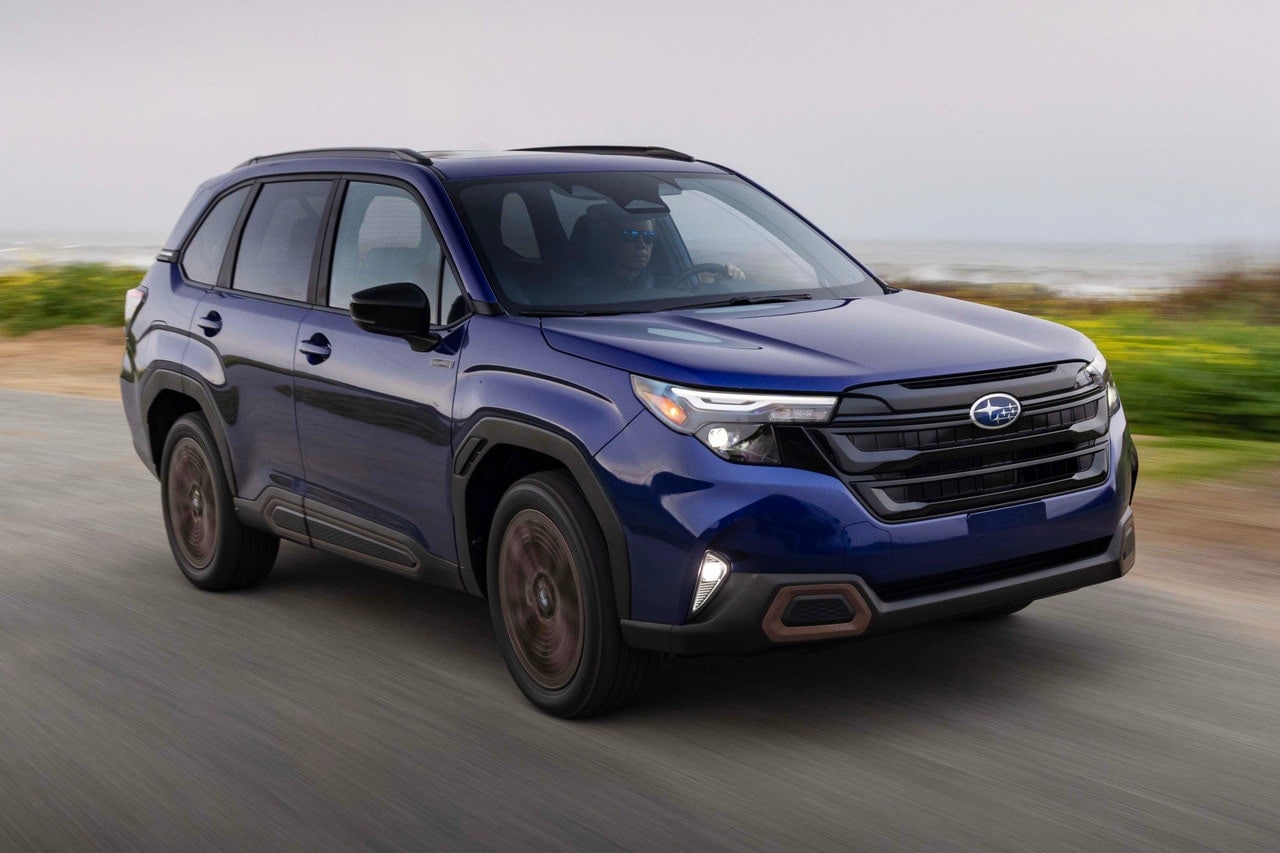




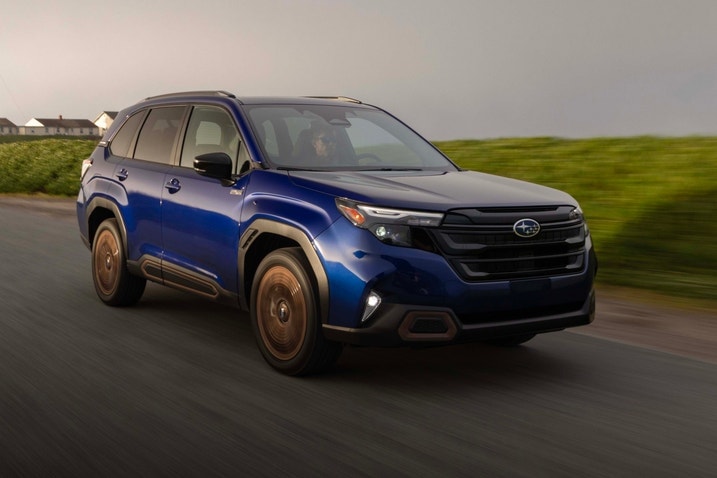
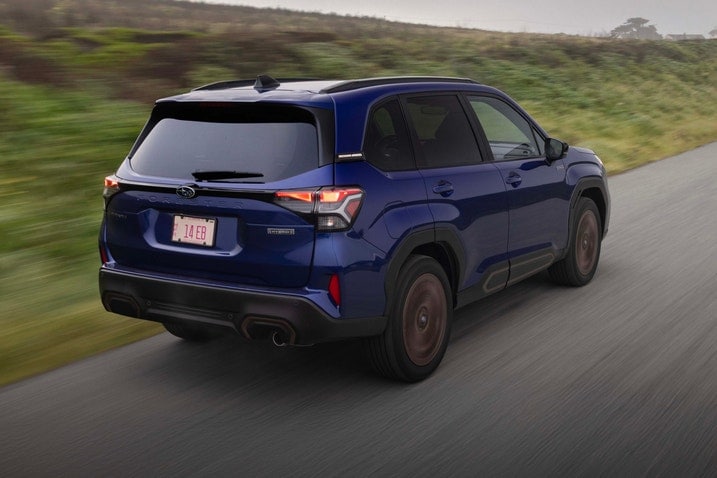
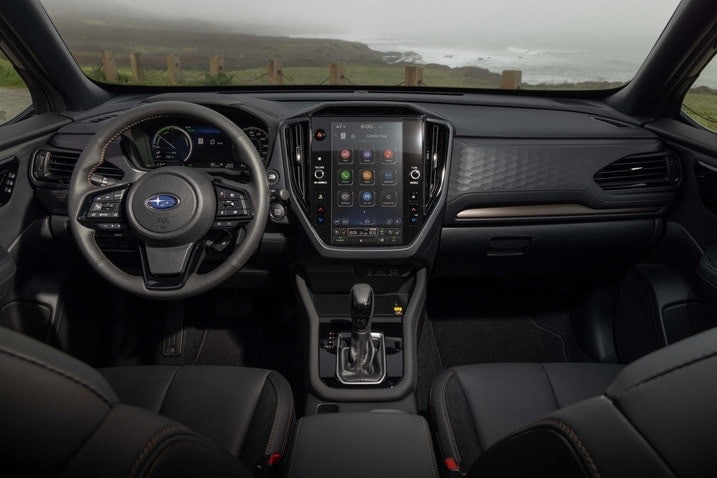
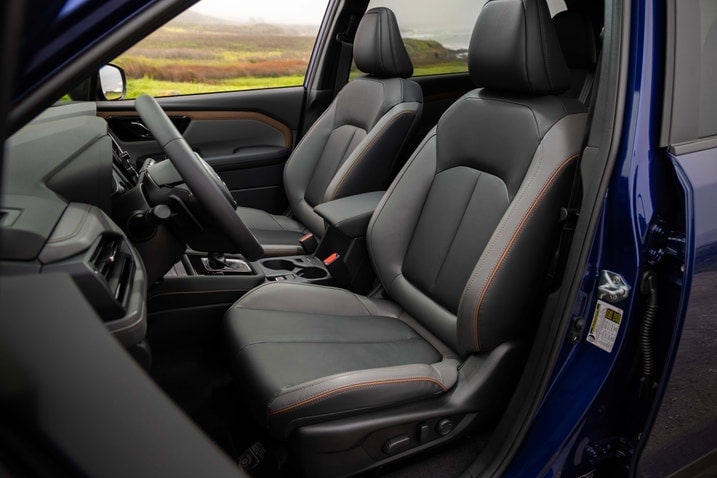
 by
by  edited by
edited by